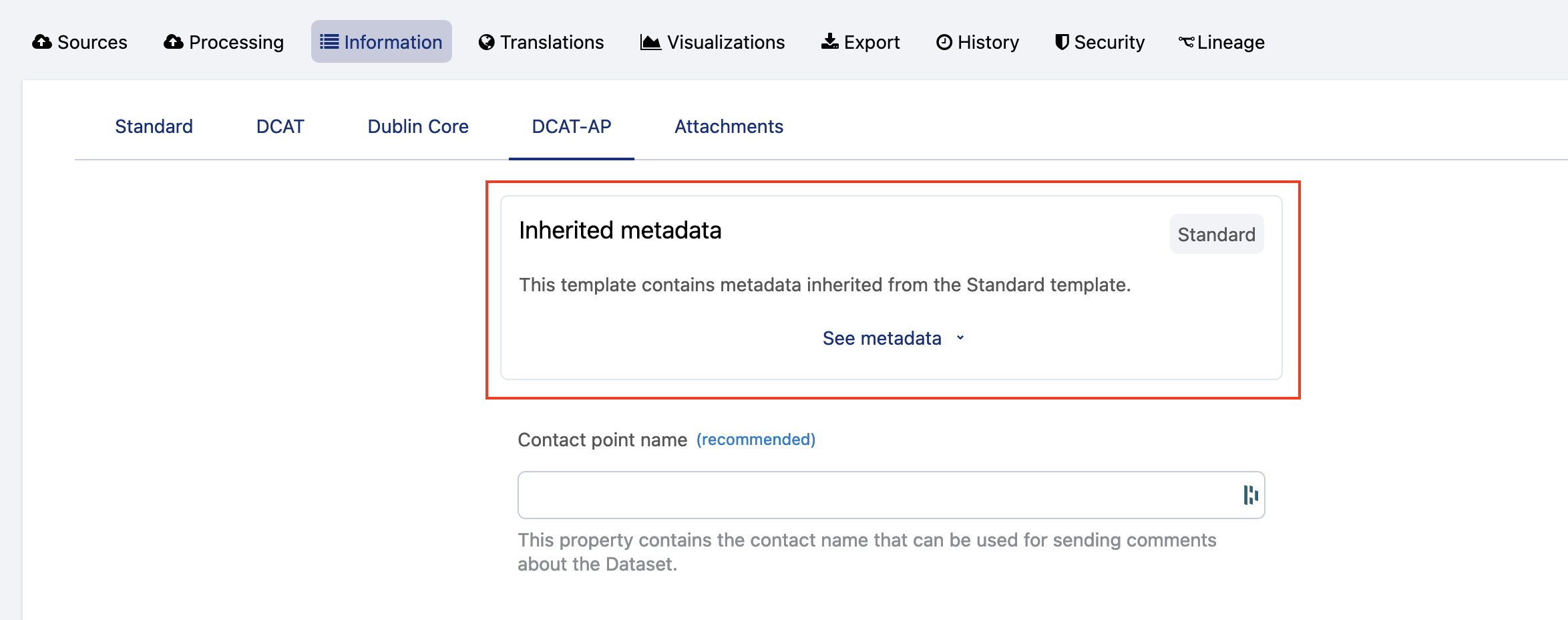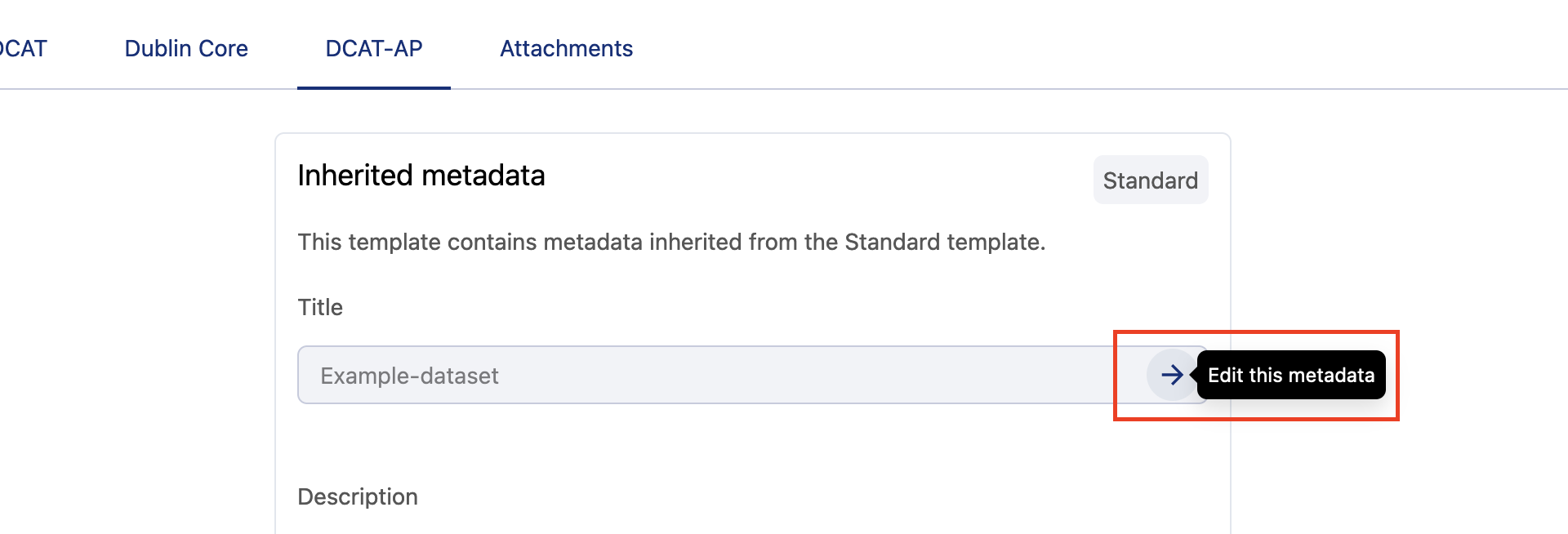 Getting started
Getting started
 Exploring and using data
Exploring and using data
Exploring catalogs and datasets
Exploring a catalog of datasets
What's in a dataset
Filtering data within a dataset
An introduction to the Explore API
An introduction to the Automation API
Introduction to the WFS API
Downloading a dataset
Creating maps and charts
Creating advanced charts with the Charts tool
Overview of the Maps interface
Configure your map
Manage your maps
Reorder and group layers in a map
Creating multi-layer maps
Share your map
Navigating maps made with the Maps interface
Rename and save a map
Creating pages with the Code editor
How to limit who can see your visualizations
Archiving a page
Managing a page's security
Creating a page with the Code editor
Content pages: ideas, tips & resources
How to insert internal links on a page or create a table of contents
Sharing and embedding a content page
How to troubleshoot maps that are not loading correctly
Creating content with Studio
Creating content with Studio
Adding a page
Publishing a page
Editing the page layout
Configuring blocks
Previewing a page
Adding text
Adding a chart
Adding an image block to a Studio page
Adding a choropleth map block in Studio
Adding a points of interest map block in Studio
Adding a key performance indicator (KPI)
Configuring page information
Using filters to enhance your pages
Refining data
Managing page access
How to edit the url of a Studio page
Adding a map block in Studio
Visualizations
Managing saved visualizations
Configuring the calendar visualization
The basics of dataset visualizations
Configuring the images visualization
Configuring the custom view
Configuring the table visualization
Configuring the map visualization
Understanding automatic clustering in maps
Configuring the analyze visualization
 Publishing data
Publishing data
Publishing datasets
Creating a dataset
Creating a dataset from a local file
Creating a dataset with multiple files
Creating a dataset from a remote source (URL, API, FTP)
Creating a dataset using dedicated connectors
Creating a dataset with media files
Federating an Opendatasoft dataset
Publishing a dataset
Publishing data from a CSV file
Publishing data in JSON format
Supported file formats
Promote mobility data thanks to GTFS and other formats
Configuring datasets
Automated removal of records
Configuring dataset export
Checking dataset history
Configuring the tooltip
Dataset actions and statuses
Dataset limits
Defining a dataset schema
How Opendatasoft manages dates
How and where Opendatasoft handles timezones
How to find your workspace's IP address
Keeping data up to date
Processing data
Translating a dataset
How to configure an HTTP connection to the France Travail API
Deciding what license is best for your dataset
Types of source files
OpenStreetMap files
Shapefiles
JSON files
XML files
Spreadsheet files
RDF files
CSV files
MapInfo files
GeoJSON files
KML/KMZ files
GeoPackage
Connectors
Saving and sharing connections
Airtable connector
Amazon S3 connector
ArcGIS connector
Azure Blob storage connector
Database connector
Dataset of datasets (workspace) connector
Eco Counter connector
Feed connector
Google BigQuery connector
Google Drive connector
How to find the Open Agenda API Key and the Open Agenda URL
JCDecaux connector
Netatmo connector
OpenAgenda connector
Realtime connector
Salesforce connector
SharePoint connector
U.S. Census connector
WFS connector
Databricks connector
Harvesters
Harvesting a catalog
ArcGIS harvester
ArcGIS Hub Portals harvester
CKAN harvester
CSW harvester
FTP with meta CSV harvester
Opendatasoft Federation harvester
Quandl harvester
Socrata harvester
data.gouv.fr harvester
data.json harvester
Processors
What is a processor and how to use one
Add a field processor
Compute geo distance processor
Concatenate text processor
Convert degrees processor
Copy a field processor
Correct geo shape processor
Create geo point processor
Decode HTML entities processor
Decode a Google polyline processor
Deduplicate multivalued fields processor
Delete record processor
Expand JSON array processor
Expand multivalued field processor
Expression processor
Extract HTML processor
Extract URLs processor
Extract bit range processor
Extract from JSON processor
Extract text processor
File processor
GeoHash to GeoJSON processor
GeoJoin processor
Geocode with ArcGIS processor
Geocode with BAN processor (France)
Geocode with PDOK processor
Geocode with the Census Bureau processor (United States)
Geomasking processor
Get coordinates from a three-word address processor
IP address to geo Coordinates processor
JSON array to multivalued processor
Join datasets processor
Meta expression processor
Nominatim geocoder processor
Normalize Projection Reference processor
Normalize URL processor
Normalize Unicode values processor
Normalize date processor
Polygon filtering processor
Replace text processor
Replace via regular expression processor
Retrieve Administrative Divisions processor
Set timezone processor
Simplify Geo Shape processor
Skip records processor
Split text processor
Transform boolean columns to multivalued field processor
Transpose columns to rows processor
WKT and WKB to GeoJson processor
what3words processor
Data Collection Form
About the Data Collection Form feature
Data Collection Forms associated with your Opendatasoft workspace
Create and manage your data collection forms
Sharing and moderating your data collection forms
Dataset metadata
Analyzing how your data is used
Getting involved: Sharing, Reusing and Reacting
Discovering & submitting data reuses
Sharing through social networks
Commenting via Disqus
Submitting feedback
Following dataset updates
Sharing and embedding data visualizations
Monitoring usage
An overview of monitoring your workspaces
Analyzing user activity
Analyzing actions
Detail about specific fields in the ods-api-monitoring dataset
How to count a dataset's downloads over a specific period
Analyzing data usage
Analyzing a single dataset with its monitoring dashboard
Analyzing back office activity
Using the data lineage feature
 Managing your users
Managing your users
Managing limits
Managing users
Managing users
Setting quotas for individual users
Managing access requests
Inviting users to the portal
Managing workspaces
 Managing your portal
Managing your portal
Configuring your portal
Configure catalog and dataset pages
Configuring a shared catalog
Sharing, reusing, communicating
Customizing your workspace's URL
Managing legal information
Connect Google Analytics (GA4)
Regional settings
Pictograms reference
Managing tracking
Look & Feel
Branding your portal
Customizing portal themes
How to customize my portal according to the current language
Managing the dataset themes
Configuring data visualizations
Configuring the navigation
Adding IGN basemaps
Adding assets
Plans and quotas
Managing security
Configuring your portal's overall security policies
A dataset's Security tab
Mapping your directory to groups in Opendatasoft (with SSO)
Single sign-on with OpenID Connect
Single sign-on with SAML
Parameters
- Home
- Publishing data
- Dataset metadata
- Basic metadata
Basic metadata
Updated
by Patrick Smith
Basic metadata are displayed for users in the front office. These include the default "Standard" metadata template common to every dataset, but may also include custom templates.
This article explains how to access your basic metadata, what "Standard" metadata contains, and finally refers to you the page about creating and editing new metadata templates.
How to access basic metadata
As with all metadata, to fill in the basic metadata on a given dataset, go to its Information tab. There all activated templates will be shown as tabs. Select the relevant template, such as Standard, or else a custom template if you have created one.
To configure your basic metadata, in your back office go to the page Catalog > Metadata templates and click on the Basic tab. There you'll see the Standard template, which is always present, and any custom basic metadata templates you have created.
To view the template, roll over the template. You are given the option to Activate, Deactivate, View, or Delete the template. To open and edit the template, click View.

What "Standard" metadata contains
Remember that the Standard metadata template is a default template. It cannot be modified nor deleted. The table below describes the fields visible on the Information tab for each dataset, and describes how they're used or should be filled out.
General information
Field | Description | Usage |
Title | The title you give your dataset. | A dataset's title can always be modified, and all special characters are supported. Note that modifying the title does not change the technical identifier of the dataset. |
Technical identifier | The unique name of the dataset. | A dataset's technical identifier is defined when the dataset is created. It can be modified, but you must save and unpublish the dataset in order to do so. |
Description | A description of the dataset. | Write a dataset description in the textbox. HTML is accepted. A set of formatting options are available in the grey bar at the top of the textbox: hover the buttons for more information and click on the chosen buttons to use any formatting option. |
Themes | Themes the dataset belongs to. Dataset themes are one of the catalog filters available in the front office of an Opendatasoft portal. |
To delete a dataset theme, click on the cross at the right of the dataset theme name. |
Keywords | Keywords to define the dataset and better find it through searches. Keywords are one of the catalog filters available in the front office of an Opendatasoft portal. |
To delete a keyword, click on the cross to the right of the keyword. |
Display modification date | Date indicating when the dataset was last modified. | The date can either be set manually or automatically.
|
Regional information
Name | Description | Usage |
Language | Language of the data in the dataset. |
|
Timezone | This metadata forces the dataset to use the timezone defined here for the date and datetime fields. It keeps the dataset from being displayed based on the timezone setting in the user's browser. See here for more information on timezones in Opendatasoft. |
It is also possible to write in the textbox. Matching results from the list will appear. Click on a result to select it. |
Geographic coverage | Geographic coverage of the data contained in the dataset. This metadata is directly linked to the geographic filter displayed in the front office of the portal: If the geographic coverage metadata is set for a dataset, users will be able to find it through a geographic search of the catalog. | Click the button of the chosen option amongst the following:
All added locations must be at the same administrative level. |
Licensing & attribution
Name | Description | Usage |
License | License attached to the dataset. |
|
Publisher | Name of the person or organization who published the dataset. | Write the name of the publisher in the textbox. A list of already used publisher names appears, matching the letters just written. It is possible to click on one of these names to reuse them. |
Reference | Link of the source of the dataset. | Enter the URL of the reference of the dataset in the textbox. |
Attributions | Link of a source of the dataset that should be mentioned for legal reasons (e.g. if the license demands the mention of a specific source or organization). | Enter the URL of the source in the textbox. |
Metadata inherited from the Standard template

Some metadata from the Standard template is also found in other templates. To make filling out metadata easier and less redundant, and to improve the search performance for those metadata, those other templates will "inherit" the relevant values from the Standard template.
In the image above, you can see that the DCAT-AP template includes inherited metadata, and they are indicated in a separate box.
To make this easier, if you're within a template with inherited metadata and wish to fill out or modify one of those pieces of metadata, you can always click on the arrow to its right.
This will take you back to the Standard template, where you can modify that metadata. Don't forget to Save your changes.

Creating and modifying a custom template
For instructions on how to create a custom template, or how to modify one, see this page.
